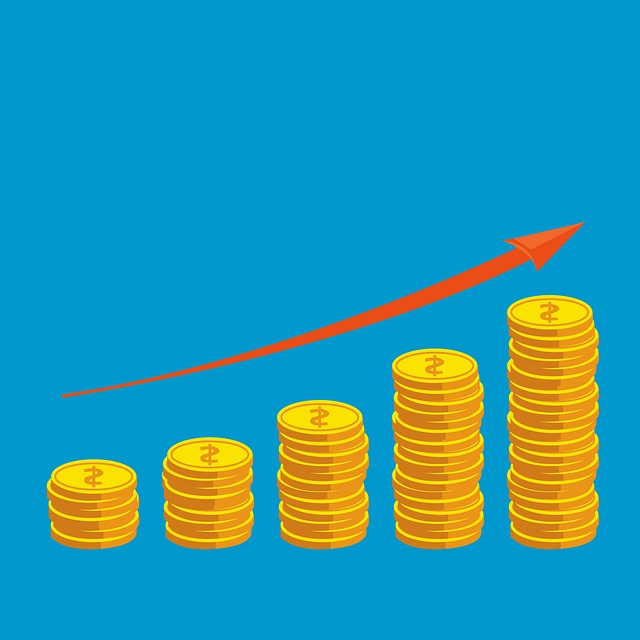Understanding Pension Plans
Pension plans, also known as retirement plans or superannuation schemes, are investment funds designed to provide income to individuals during their retirement years. These plans are typically sponsored by employers, governments, or financial institutions and offer various benefits to participants, including tax advantages and investment growth opportunities.
Types of Pension Plans
There are several types of pension plans available, each with its own features and benefits. Some common types include:
Defined Benefit Plans
Defined Contribution Plans
Individual Retirement Accounts (IRAs)
Benefits of Pension Plans
Pension plans offer numerous benefits to participants, making them an attractive option for retirement savings. Some key benefits include:
- Tax advantages
- Employer contributions
- Investment growth potential
- Retirement income security
- Survivor benefits
Factors to Consider
When choosing a pension plan, it’s essential to consider various factors to ensure it meets your retirement goals and financial needs. Some factors to consider include:
- Contribution limits
- Investment options
- Fees and expenses
- Vesting schedule
- Retirement age and options
- Tax implications
How to Choose the Right Pension Plan
Choosing the right pension plan requires careful consideration of your individual circumstances and financial goals. Here are some steps to help you select the right plan:
- Assess your retirement needs and goals
- Research different types of pension plans available
- Compare features, benefits, and costs of each plan
- Consult with a financial advisor for personalized guidance
- Review and understand the terms and conditions of the plan before enrolling
Contribution and Accumulation Phase
During the contribution and accumulation phase of a pension plan, participants make regular contributions to their accounts, which are then invested in various assets such as stocks, bonds, and mutual funds. Over time, these contributions grow through compound interest, dividends, and capital appreciation.
Vesting Period
The vesting period is the length of time an employee must work for an employer before becoming entitled to the employer’s contributions to their pension plan. Vesting schedules vary depending on the type of plan and employer policies.
Retirement Options
When participants reach retirement age, they have several options for accessing their pension benefits, including:
- Lump-sum withdrawal
- Periodic payments
- Annuities
- Partial withdrawals
Tax Implications
Pension plans offer various tax advantages, including tax-deferred growth on contributions and tax-free withdrawals during retirement. However, participants may be subject to taxes and penalties if they withdraw funds before reaching retirement age.
Withdrawal and Surrender Policies
Pension plans typically have specific withdrawal and surrender policies governing when and how participants can access their funds. It’s essential to understand these policies and any associated fees or penalties before making withdrawals.
Application Process
The application process for enrolling in a pension plan varies depending on the type of plan and provider. Participants may need to complete enrollment forms, provide personal information, and designate beneficiaries.
Claims Process
In the event of retirement or death, participants or their beneficiaries can file a claim with the pension plan provider to receive benefits. The claims process typically involves submitting documentation and completing necessary forms.
Frequently Asked Questions
A defined benefit plan promises a specific benefit amount at retirement, while a defined contribution plan allows participants to contribute to their accounts, with the eventual benefit depending on investment performance.
Yes, individuals can contribute to multiple pension plans, including employer-sponsored plans and individual retirement accounts (IRAs), subject to contribution limits.
Contributions to certain types of pension plans, such as traditional IRAs and 401(k) plans, may be tax-deductible, subject to income limits and other restrictions.
Depending on the type of plan and employer policies, you may have the option to leave your funds in the existing plan, roll them over into a new plan or IRA, or cash out the balance.
In most cases, accessing pension funds before retirement age may result in taxes, penalties, or other consequences. It’s essential to review the terms of your plan and consult with a financial advisor before making any withdrawals.

